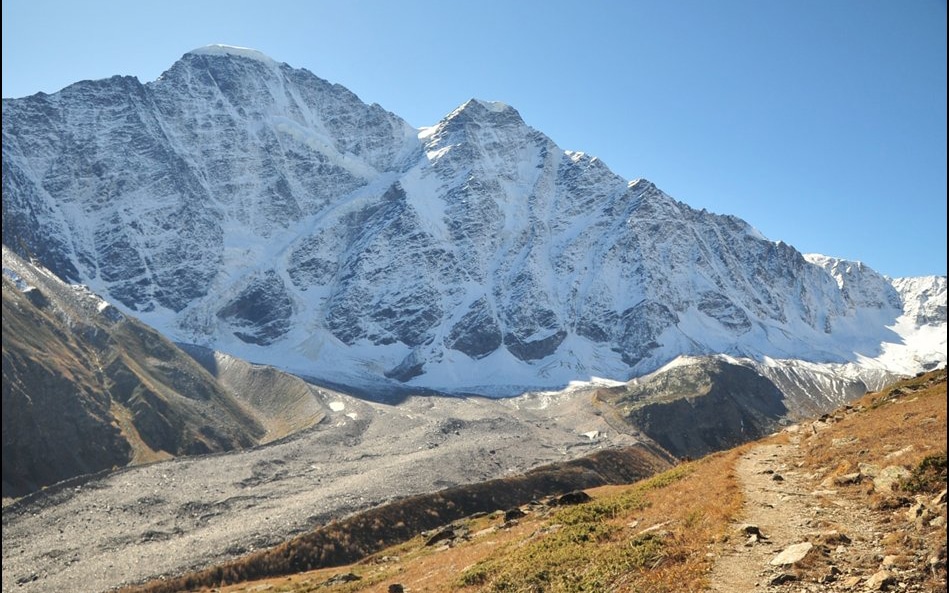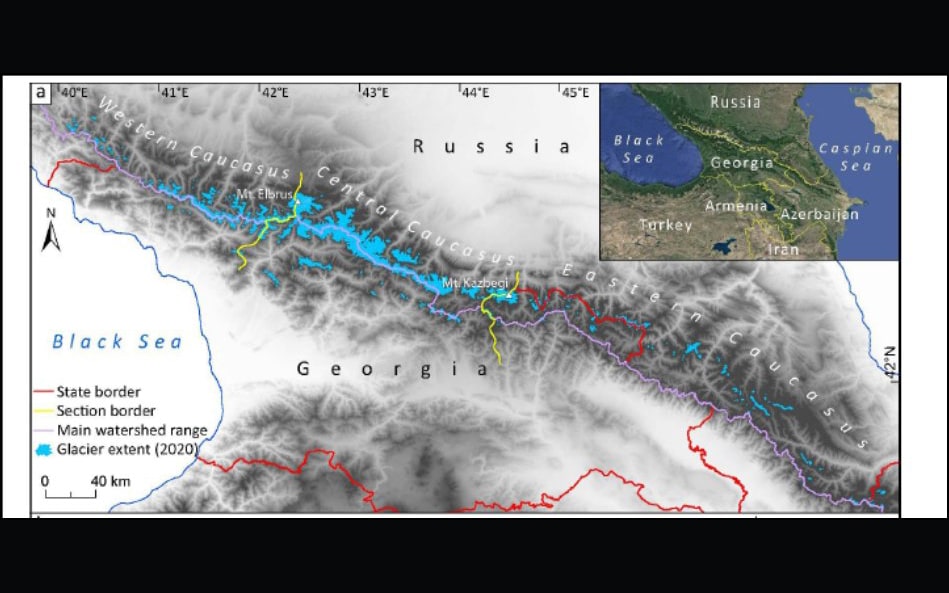IRP Deglaciation in the Greater Caucasus
The glaciers of the Greater Caucasus are a vital economic and water resource for the indigenous populations. These glaciers are currently in decline but it is still difficult to quantify the impact of human activities on this trend.
One of the major problems in this quantification is that we know little about the effects of natural forcing on glacier evolution. The main objective of this LIA is to focus on one of the major environmental components of this region: glaciers.
The specific aim of this project is to document the evolution of glaciers in the Greater Caucasus over at least the last 21,000 years and to analyse the effects of natural forcing on their evolution.
This project is based on different methods (glacial geomorphology, palaeoclimatic reconstructions from proxy data and glacier modelling) which justify the proposed consortium.
To achieve the objectives of DEGLAC, our project is organised in different tasks:
. Quantifying the current evolution of glacier mass balance using remote sensing and a statistical approach that takes into account temporal and spatial components.
. Document the evolution of glaciers over the past 21,000 years or more by dating glacier features using cosmogenic dating (10Be).
. Reconstructing high altitude climatic conditions using multi-proxy analysis and glaciological modelling.
. Conduct an analysis of natural forcings by testing the role of insolation, volcanic activity, solar and ocean currents on the evolution of the Greater Caucasus glaciers. The GCM numerical simulations already available (PMIP3) will be used to understand the effects of the respective influence of these forcings on the Caucasian climate (mainly precipitation temperature) over time.
2020-2024: Deglaciation in the Greater Caucasus (IRP CNRS)
CEREGE lead :
Vincent Jomelli
To document the evolution of glaciers over the last 21,000 years in the Greater Caucasus and identify the main forcings.
Partners Georgia and Russia



